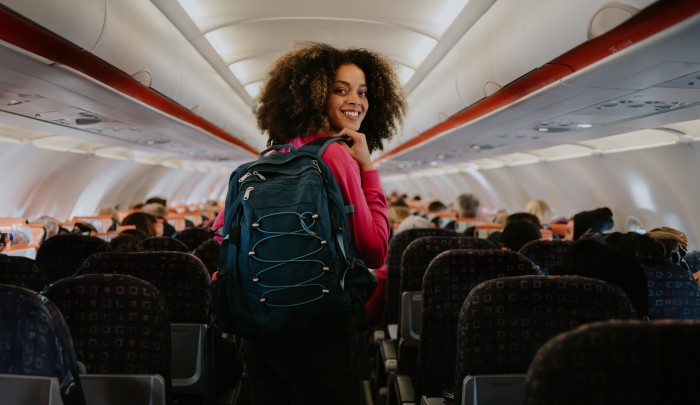VisualGPS: The latest creative trends
Stay ahead of visual creative trends with our latest reporting. Backed by data, these stories contain actionable insights that will elevate your campaigns and content, driving meaningful impact with today's consumers. Check back often as our ongoing research uncovers how sentiment and customer expectations shift over time—evolving the imagery that connects with your audience.
The latest
VisualGPS in the News
The Drum: In focus? The new brand playbook for AI-powered imagery ›
Still wondering how AI‑generated visuals can work for your brand? This article delves into how businesses are navigating the rise of AI‑powered imagery to meet evolving consumer expectations. Backed by insights from Getty Images’ VisualGPS research, it offers a fresh perspective on when and how AI‑generated visuals can enhance your storytelling—or fall short. Featuring expert insights from Dr. Rebecca Swift, SVP of Creative, it’s a must‑read for anyone looking to innovate their brand’s approach to visual content.
Forbes: Getty Images Data Emphasizes Equitable Portrayals Of Female Athletes ›
The rising visibility of female athletes and the global interest in women’s sports are reshaping visual storytelling. Informed by Getty Images’ VisualGPS research, this article explores how the power of social media has amplified the demand for authenticity and inclusivity in sports imagery. Are audiences and athletes themselves pushing for more equitable visuals? The answer is a resounding YES. Learn how Getty Images is helping brands and organizations craft authentic narratives that resonate with today’s consumers in this piece featuring insights from Jacqueline Bourke, Senior Director of Creative at Getty Images.
Forbes Australia: From TikTok to TV: Inside Australia’s Paralympics push in Paris ›
Did you know 69% of younger Australians are calling for equal media coverage of disabled athletes? This compelling stat from Getty Images’ VisualGPS research, highlights a powerful cultural shift in support of the Paralympic movement. Kate Rourke, Getty Images’ Director of Creative for APAC, shares how brands can use these insights to create more inclusive and impactful content that authentically represents disability—not just during the Paralympics, but across all media platforms. From TikTok trends to TV campaigns, discover how this movement is shaping the future of sports storytelling.














